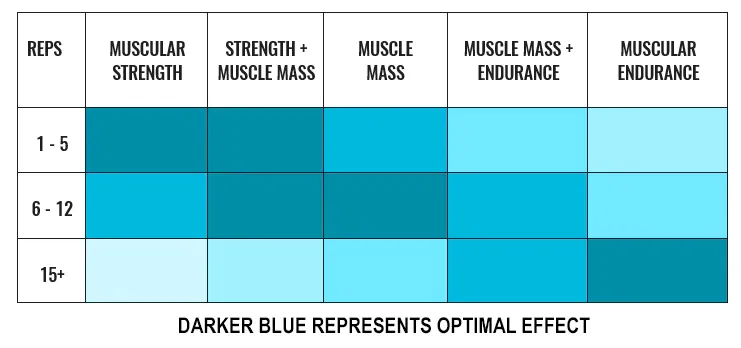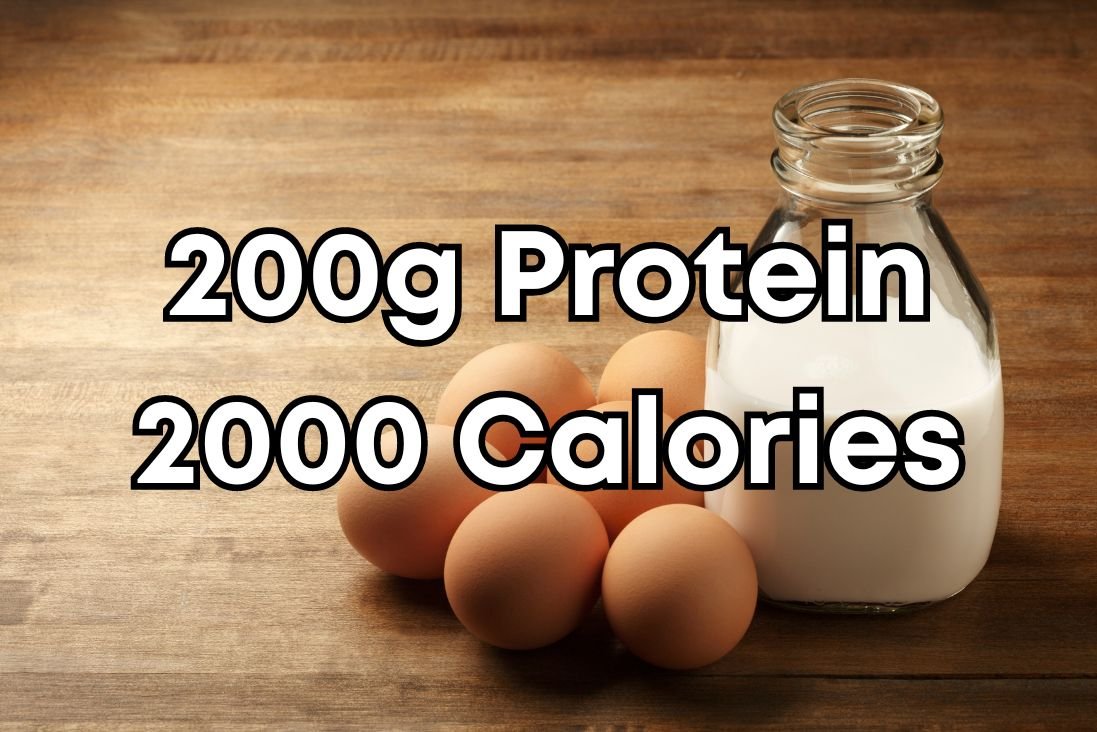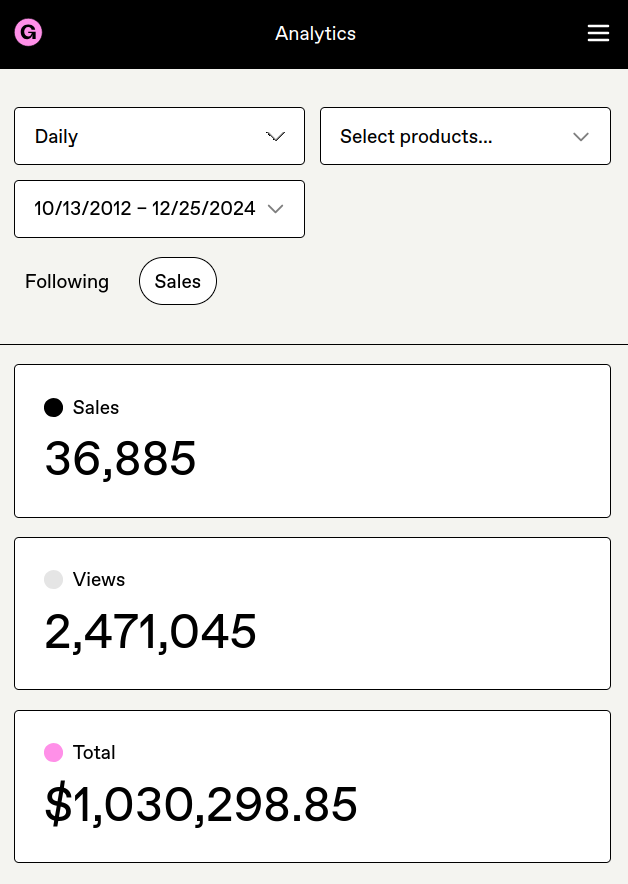As I produce my series on Nutrition for Building Muscle, I find that there are some side topics that need to be addressed. Finding your maintenance calories is one of them.
It takes about 3-4 weeks to do it but once you have it, the number will prove extremely useful for all your body re-composition goals (be it losing fat, gaining muscle, or both).
How to find your maintenance calories
Step 1: Get an estimate of your maintenance calories (or Total Daily Energy Expenditure or TDEE) from an online calculator
There are tons of them out there and this is the one I prefer.
I recommend using the Katch-McArdle Formula because it takes body fat percentage into account.
The Mifflin-St Jeor Formula is simpler because it does not account for different body fat levels however the accuracy is lower because of this reason. The assumptions are based on white people’s natural body composition so if an Asian/Indian person uses it, the Mifflin-St Jeor Formula will overstate your TDEE because Asians and especially Indians almost always carry more fat and less muscle than their white counterparts of the same height and weight.
The Katch-McArdle Formula takes out all these ethnic variations by accounting for the body fat percentage.
If you do not know your body fat percentage, you can either get a DEXA scan or use skinfold calipers to measure it or compare your body to the images below:
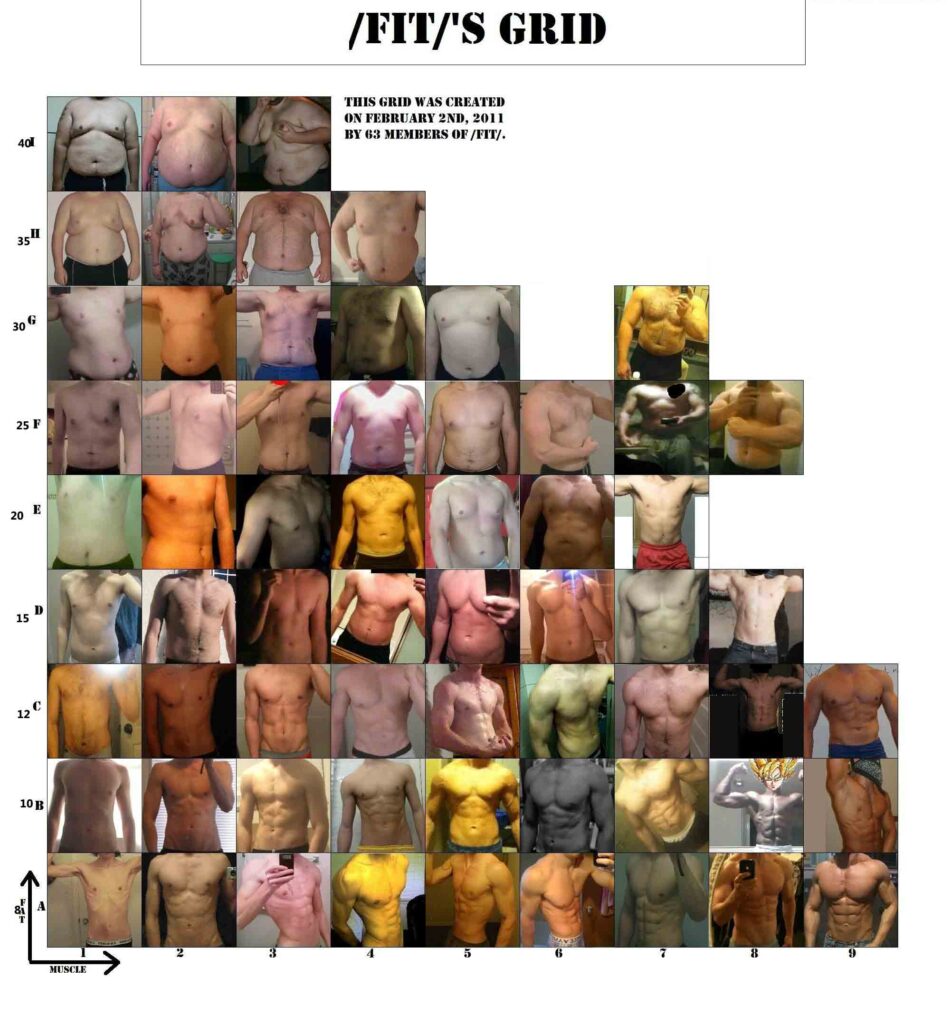
Note that if you get a DEXA scan, reduce the body fat percentage you get by 3-6% because the DEXA scan consistently produces a number 3-6% higher than what older methods like skinfold calipers give you (and the Katch-McArdle Formula is based on the older measures).
Step 2: Eat the estimated TDEE number of calories every day for the next 3 weeks and track your weight every day
There are two ways to do this:
- You make a diet plan that meets the estimated TDEE and eat that same diet for 3 weeks
- You use a calorie tracking app (I use HealthifyMe) and eat around your TDEE (plus minus 50 calories is fine).
You need to weigh your food so your tracking is accurate and make sure that you track everything. EVERYTHING counts. The one piece of chocolate you ate counts, the sugar mouth freshener after your meal counts, the almond you nicked from the fridge counts – everything that has calories counts.
It is better to try to eat similar foods for the 3 weeks and avoid big fluctuations in your sodium and carbohydrate intake otherwise you will see weird rises and falls in your weight due to water retention.
Also try to keep your weekly activity similar for all three weeks. This means using a step counter (a smartphone or smartwatch will do it for you) and walk similar number of total steps for each of the 3 weeks and go to the gym the same number of times in all 3 weeks.
The more consistency you maintain the more accurate the results will be. You need to do this for 3 weeks and track your weight in the morning after you freshen up each day.
Step 3: Calculate the median weights for week 2 and week 3 and compare them
You need to ignore the numbers for week 1 because your body weight will fluctuate as your body adapts to your new diet patterns.
For week 2 and week 3, calculate the median weight (the middle number) you got in both weeks. This normalizes for fluctuations in weight that come from water retention, bloating, etc.
If the median number for week 2 and week 3 is the same, then the estimated TDEE is accurate and you have your answer.
If you gained weight (median of week 3 is higher than median of week 2) then you need to reduce calories to get to your maintenance.
If you lost weight (median of week 3 is lower than median of week 2) then you need to increase calories to get to your maintenance.
We know 1kg of fat has ~7500 calories, and you can use this to make the adjustment.
For example, if you gained or lost 0.2kg, then that would be a ~1500 (7500*.2) calorie surplus or deficit for the week. So about 200 calories per day.
Step 4: Eat the revised maintenance calories for a week and repeat the process
Now you eat the revised calories for a week, calculate the median for that week, and compare with the median for the previous week.
Rinse and repeat until you find a stable number.
It’s nothing complex and all you need to do is be consistent for a month.
If you struggle with consistency, get a copy of Live Intentionally: 90 Day Self-Improvement Program and solve this problem for good.
Because if you don’t, then my friend, you are already paying for it by wasting weeks and years being inconsistent.
Until next time.
– Harsh Strongman





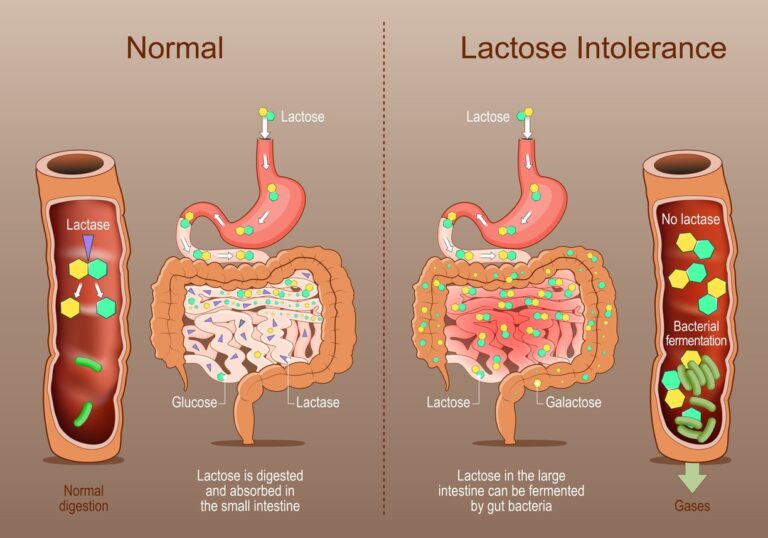




![Traits Women Find Attractive Traits Women Find Attractive (And How to Score Yourself) [PART 1: Physical Aspects]](https://lifemathmoney.b-cdn.net/wp-content/uploads/2025/11/Traits-Women-Find-Attractive-1.jpg)












